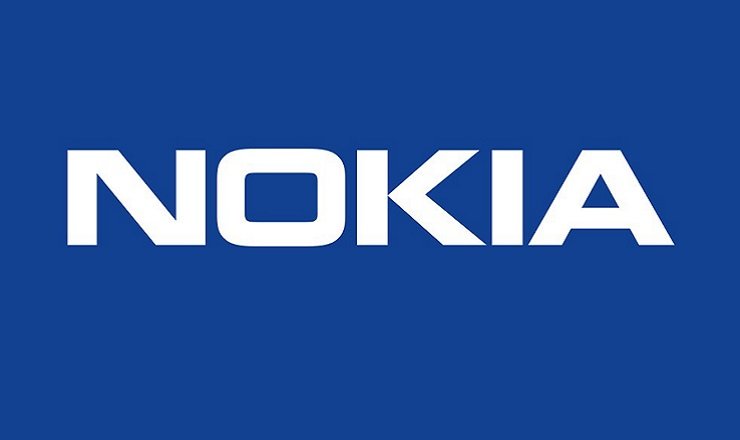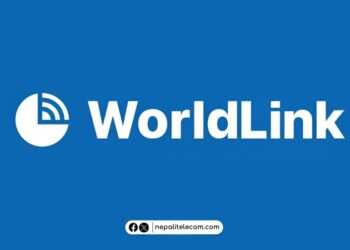Nokia and Worldlink announce the up-gradation of a 650 km optical network link with Nokia’s 1830 PSS (Photonic Service Switch) DWDM (Dense Wavelength-division Multiplexing) technology to provide high-speed backbone link. The Worldlink’s backbone network will upgrade to 100Gbps link with Nokia’s next generation DWDM technology.
The super high-speed optical backbone link stretches from Kathmandu to Bhairahwa and Birgunj. The upgraded link supports bandwidth-hungry entertainment and enterprise services inside the country. Whereas it also provides international connectivity between Nepal and other neighboring countries including India.
Worldlink is the largest fixed broadband provider in the country. W-link has around 120,000 home broadband subscribers and 5000 enterprise customers. Every month, Worldlink adds 10,000 FTTH (Fiber to the Home) customers. Which puts the challenge to the operator to meet the ever-increasing traffic demand.
Nokia’s new Optical technology
Nokia’s new optical technology will help Worldlink build a highly flexible optical network for increased network capacity, reach and density. The new technology is powered by the industry’s most programmable chipset, Nokia’s Photonic Service Engine-2 with super coherent technology (PSE-2s).
Worldlink mentions this is their largest project to date to provide ultra-fast broadband services for their subscribers (mobile and fixed) in cities and rural areas. Samit Jana, CTO, WorldLink, also said: “WorldLink has a commitment to Nepal to transform the communications landscape so that our people and enterprises thrive”.
It seems quite remarkable that they have mentioned Mobile subscribers in the press release. We can speculate for Worldlink to become a telecom operator for new advanced broadband data services like 4G.
Sanjay Malik, head of India Market, at Nokia, said: “We are proud to be part of WorldLink’s vision to transform Nepal’s communications architecture by providing the first 100G transport network. Nokia’s highly scalable optical platform will ensure low latency and high resiliency, and allow WorldLink to cost-effectively increase network capacity as needed.”
Worldlink’s broadband in province 6 for RTDF project
Worldlink is also mulling to expand broadband services to different rural areas in Province No. 6 including Humla, Jumla, Mugu and Dolpa. As they have submitted their proposal to NTA, this sort of backbone up-gradation will help to deliver broadband internet services there. NTA will accept the proposals with funds from RTDF. With this sort of coordination between Nokia and Worldlink, there will be an elevated competition among telcos and ISPs for the fixed broadband services.












